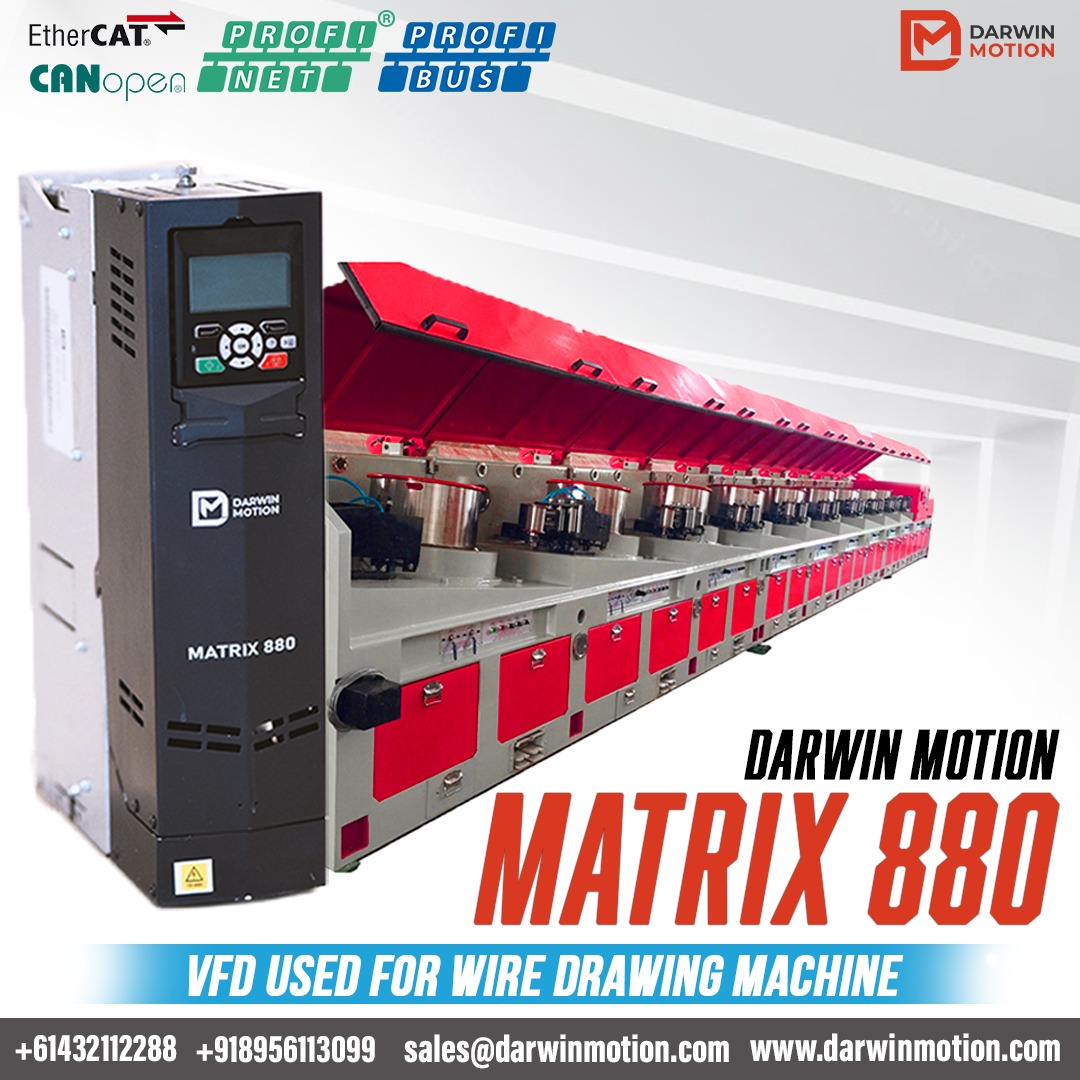Posted on 6th Jul 2024

Elevator technology has evolved significantly over the years, with one of the most critical advancements being the introduction of elevator inverters or drives. These components play a pivotal role in enhancing the performance, efficiency, and overall operation of modern elevator systems.
An elevator inverter, also known as a variable frequency drive (VFD) or variable voltage variable frequency drive (VVVF), is an electronic device that controls the speed and torque of the elevator motor. Traditionally, elevators used fixed-speed motors coupled with mechanical systems to control speed and direction. In contrast, inverters offer precise control by adjusting the frequency and voltage supplied to the motor.
Elevator inverters operate by converting the incoming electrical supply from AC (alternating current) to DC (direct current) and then back to AC at variable frequencies and voltages. This process allows the motor to operate at different speeds, matching the demand for vertical transportation more efficiently than fixed-speed systems.
By adjusting the motor's speed according to the load and passenger demand, elevator inverters optimize energy consumption and reduce wear and tear on mechanical components. This not only enhances the lifespan of the elevator system but also contributes to significant energy savings over time.
1. Energy Efficiency: Elevator inverters reduce energy consumption by matching motor speed to demand, eliminating the need for constant operation at full speed.
2. Smooth Operation: The precise control provided by inverters ensures smoother acceleration and deceleration, enhancing passenger comfort and safety.
3. Space Savings: Inverters typically require less space than traditional control systems, allowing for more flexible installation options in elevator shafts.
4. Maintenance Reduction: By minimizing mechanical stress and optimizing performance, inverters contribute to reduced maintenance costs and downtime.
Regenerative drive elevator inverters are widely used in both new installations and retrofitting projects across various types of buildings, including residential complexes, commercial offices, shopping malls, and hotels. Their versatility and efficiency make them an indispensable component of modern elevator systems, aligning with sustainable building practices and energy conservation initiatives.
In conclusion, elevator inverters represent a fundamental advancement in elevator technology, revolutionizing vertical transportation by offering precise control over motor speed and efficiency. As buildings continue to prioritize sustainability and operational efficiency, the adoption of inverters plays a crucial role in achieving these goals. Whether enhancing passenger experience, reducing energy consumption, or optimizing maintenance schedules, elevator inverters exemplify innovation in urban infrastructure.
According to CM Industry Supply Automation, understanding the role of regenerative drive is essential for stakeholders in the construction, architecture, and building management industries. Embracing these technological advancements not only improves the performance of elevator systems but also contributes to the development of smarter, more sustainable cities worldwide.